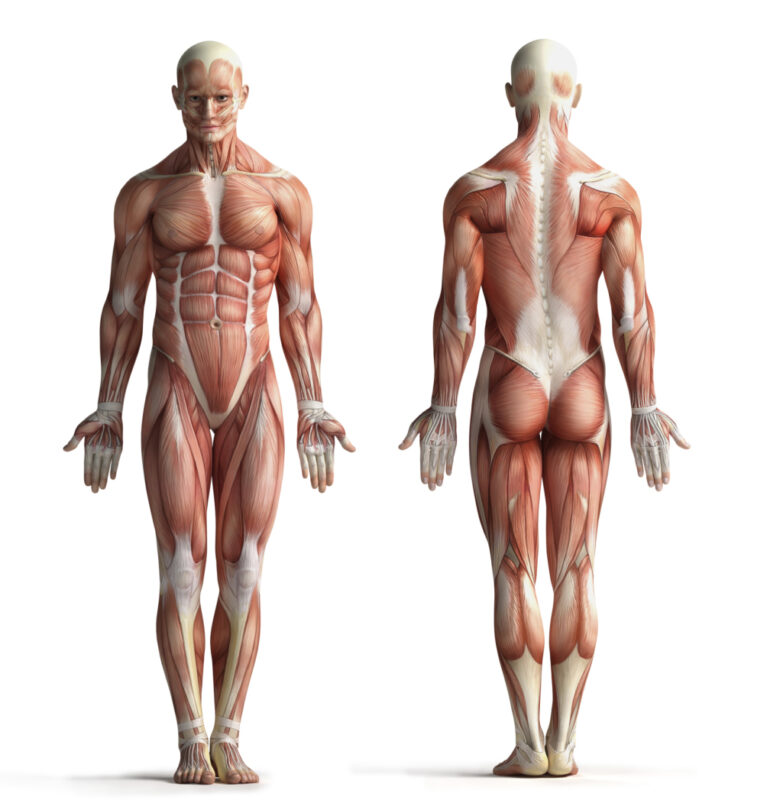Uncategorized
The mighty muscles: strength and motion in action

The human body is a remarkable and intricate machine, composed of various systems working together to enable us to perform a wide range of physical activities. At the core of our ability to move and exert force lies the incredible power of our muscles. Muscles are not only responsible for enabling motion but also play a vital role in maintaining balance, stability, and overall strength. In this article, we will delve into the fascinating world of muscles and explore their essential functions in the human body.
Understanding muscles:
Muscles are soft tissues in our bodies that are primarily responsible for generating force through contraction. There are three main types of muscles: skeletal, cardiac, and smooth muscles. Skeletal muscles, attached to our bones by tendons, are the muscles we typically associate with movement and physical strength.
Strength and motion:
Muscles are integral to both strength and motion. When we think of strength, we often envision athletes lifting heavy weights or performing impressive physical feats. Such displays of strength are a testament to the capabilities of the muscles involved. Skeletal muscles contract and generate force, allowing us to perform actions like running, jumping, and lifting. The more we use our muscles and subject them to resistance training, the stronger they become.
Muscle contractions occur through the interaction of two proteins called actin and myosin. When a muscle receives a signal from the nervous system, it initiates a series of chemical reactions leading to the sliding of actin and myosin filaments within the muscle fibers. This sliding action shortens the muscle, generating force and producing motion.
Muscles and motion:
Motion is a fundamental aspect of our daily lives, and without muscles, it would be impossible to perform even the simplest of tasks. From walking and talking to writing and eating, every movement we make involves the coordinated effort of multiple muscles.
Muscles work in pairs or groups to achieve precise movements. For example, when we bend our arm at the elbow, the biceps muscle contracts, while the triceps muscle relaxes. This coordinated action allows the arm to move in a controlled manner. Muscles also stabilize our joints, preventing excessive movement and maintaining posture and balance.
Moreover, muscles are adaptable and can be trained to enhance specific types of motion. Athletes and fitness enthusiasts engage in various exercises targeting different muscle groups to optimize performance. Endurance athletes focus on developing slow-twitch muscles for prolonged activity, while powerlifters train their fast-twitch muscles for explosive strength.
Beyond strength: other functions of muscles:
While the ability to generate force is a primary function of muscles, they also serve other important purposes in the body. For instance, skeletal muscles contribute to maintaining body temperature by generating heat during contraction. The more intense the physical activity, the more heat is produced, aiding in regulating body temperature.
Muscles also play a crucial role in the circulatory system. The rhythmic contractions of the cardiac muscles pump blood throughout the body, ensuring the delivery of oxygen and nutrients to various organs and tissues.
The intricate interplay of muscles and their ability to generate force and facilitate motion is nothing short of extraordinary. From the raw power of skeletal muscles to the rhythmic contractions of the heart, muscles are essential for every physical task we undertake. Understanding the mechanics of muscle function can help us appreciate the remarkable capabilities of our bodies and inspire us to maintain and improve our strength and motion. So, let’s celebrate the mighty muscles that empower us to conquer challenges and embrace an active and vibrant life.


